Climate change is a pressing issue that has far-reaching effects on our planet, and its impact on wildlife is a particular concern. Among the animals threatened by these changes are some rare dog breeds. These breeds, already low in numbers, might not see the next half-century as temperatures rise and habitats alter. Let’s dive into 12 rare dog breeds that climate change could make even rarer, or possibly even drive to extinction.
1. Otterhound: The Swimmer Struggling with Warming Waters
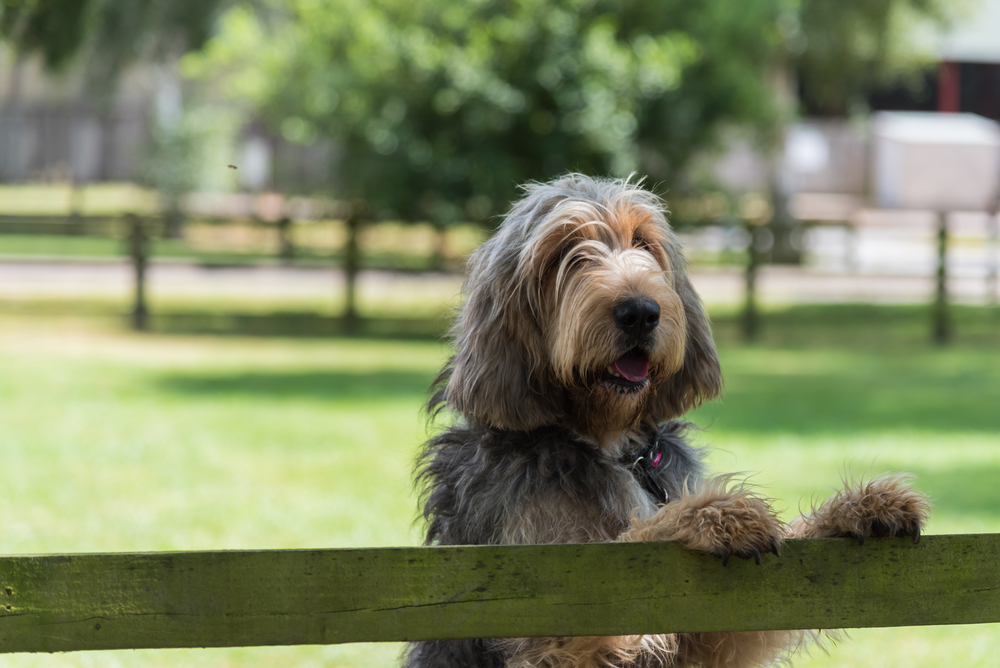
The Otterhound, famous for its webbed feet and distinctively oily coat, has historically been a champion swimmer, adept at hunting otters in cold, fast-flowing rivers. However, with rising global temperatures, the cold waters they thrive in are becoming warmer, affecting their natural environment. According to the International Union for Conservation of Nature (IUCN), changes in water temperature can disrupt aquatic life, leading to fewer otters and other prey. This directly impacts the Otterhound’s ability to survive and thrive in its natural hunting grounds, threatening its population numbers.
In addition, warmer temperatures can lead to more parasites and diseases which the Otterhound’s thick coat might not protect against. As habitats change, this breed faces declining hunting opportunities, putting their existence at risk. If global efforts to combat climate change don’t take effect soon, the Otterhound could become a rare sight in the wild or even disappear altogether. Breeders and conservationists are working hard to maintain their numbers, but it’s a race against time and temperature.
2. Chinook: The Sled Dog Facing Melting Winters

The Chinook, a sled dog with roots in New Hampshire, is built for cold weather and snowy environments. Their strength and endurance make them ideal for pulling sleds across wintery terrains, contributing to their historical role in expeditions and freight work. However, as winters become milder and snowfalls less reliable, the Chinook’s natural habitat is shrinking. According to National Geographic, the reduced snowfall impacts not only recreational sledding but also the livelihood of these dogs, as their work becomes less in demand.
In regions where Chinooks are most prevalent, the warming climate is altering the landscape, turning snowy trails into muddy paths. This change in environment means less exercise and stimulation for these energetic dogs, leading to increased health issues. Without their snowy homes and roles, Chinooks may face a decline in population, as fewer people seek to own or maintain a breed that requires such specific conditions. Efforts are being made to adapt Chinooks to warmer climates, but it remains to be seen if they can thrive outside their traditional winter wonderlands.
3. Norwegian Lundehund: Adapting to Changing Coastlines
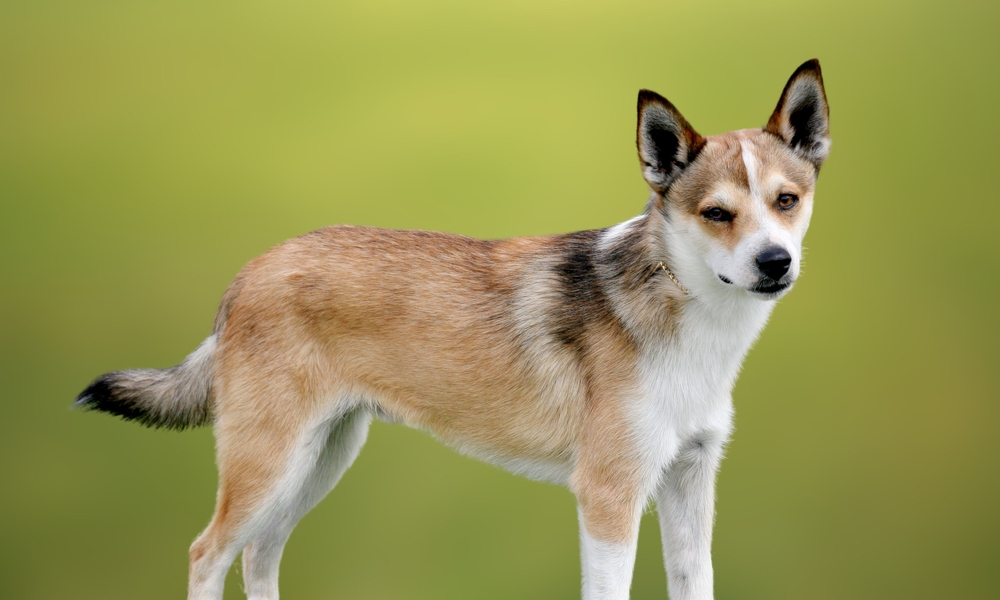
Norwegian Lundehunds are known for their unique ability to navigate rocky coastal cliffs, a skill that was invaluable for hunting puffins. However, as sea levels rise and coastal areas are increasingly affected by erosion, the natural habitat of the Lundehund is at risk. Significant habitat changes could threaten the small, isolated populations of this already rare breed. Smithsonian Magazine highlights that coastal erosion is a growing concern worldwide, affecting both wildlife and human communities.
The Lundehund’s specialized environment is being altered by rising tides and changing coastlines, making it difficult for them to maintain their traditional roles and livelihoods. Breeding efforts are focused on increasing their numbers, but as their environment changes, the question remains: how well can they adapt? The shrinking availability of their natural habitat may push them further into decline unless protective measures are taken to preserve these coastal ecosystems. Without urgent action, the charming Lundehund could face an uncertain future.
4. Tibetan Mastiff: The High-Altitude Guardian Losing its Chill
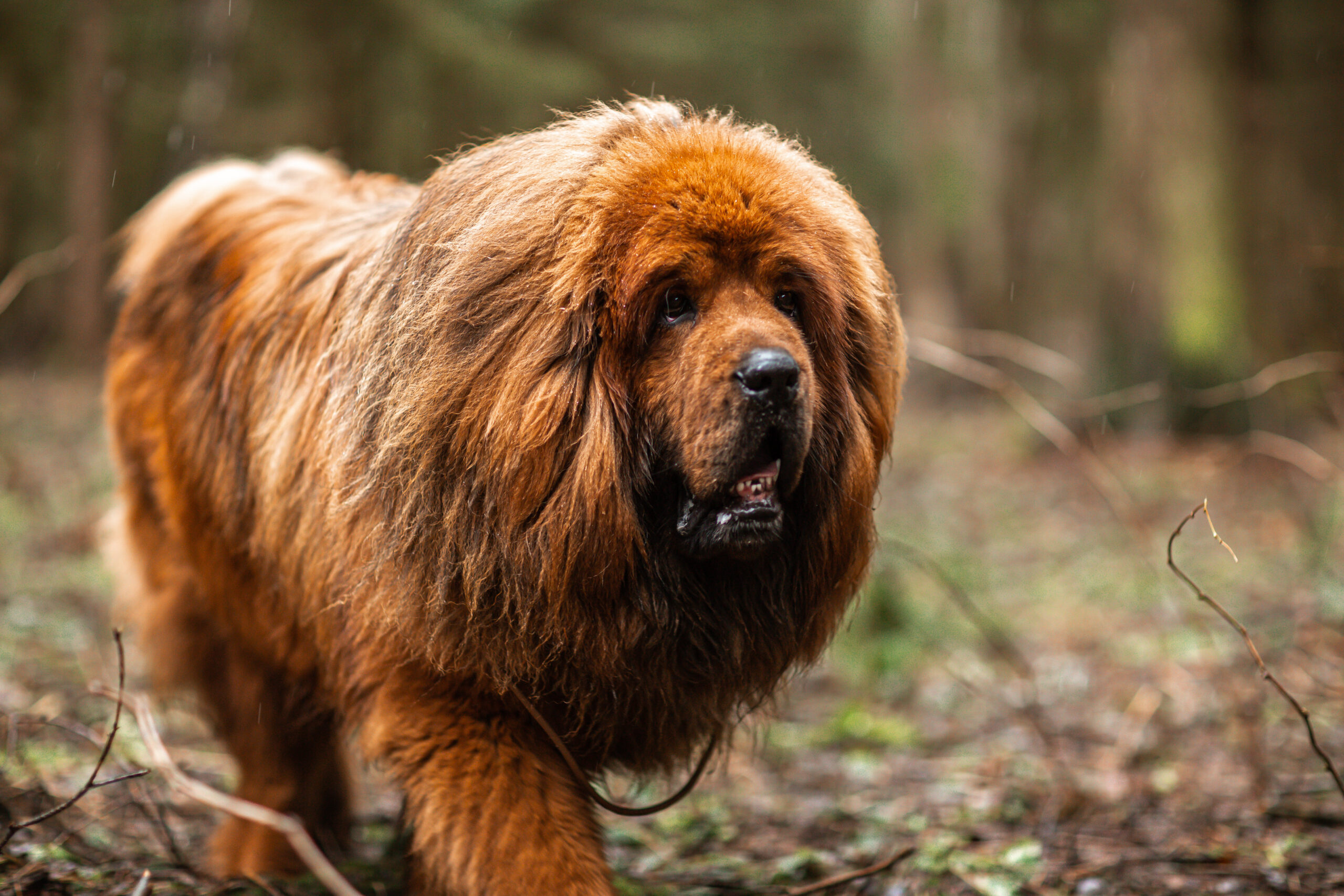
The Tibetan Mastiff is famed for its size, strength, and ability to thrive in the cold, high-altitude regions of the Himalayas. Traditionally, these dogs have guarded livestock against predators, thanks to their thick double coats and imposing presence. However, as temperatures rise, the colder climates that these dogs are adapted to are diminishing, pushing them into warmer areas where they may struggle to cope. Warmer conditions can lead to overheating and increased susceptibility to diseases that are less prevalent in colder environments.
This climate change is also leading to shifts in the ecosystems they protect, affecting the availability of livestock and altering traditional ways of life for the communities that depend on them. As Tibetan Mastiffs move to lower altitudes in search of suitable conditions, they face competition from other breeds better adapted to these warmer climates. Conservationists are concerned that the changing climate may impact their breeding success, further threatening their future. Without intervention, these majestic guardians might find themselves without a kingdom to protect.
5. Azawakh: The Desert Sprinting Through Shifting Sands

The Azawakh, a sleek and agile sighthound, originates from the arid regions of West Africa. Adapted to the harsh desert climate, these dogs are adept at withstanding high temperatures and chasing prey across the sands. However, climate change is intensifying the challenges of desert life, with more frequent and severe droughts affecting the Azawakh’s traditional territories. This results in less prey and fewer water sources, crucial for the survival of this breed in its natural habitat.
As the environment becomes more hostile, the Azawakh faces the threat of reduced breeding success and increased competition for resources. Conservationists are concerned that the ongoing desertification and loss of biodiversity could lead to the decline of this unique breed. While they are celebrated for their beauty and speed in dog shows and competitions globally, their natural environment is critical for their survival. Without targeted conservation efforts, the Azawakh might sprint right into obscurity, unable to keep pace with the rapidly changing climate.
6. Finnish Spitz: The Barking Bird Hunter Facing Vanishing Forests
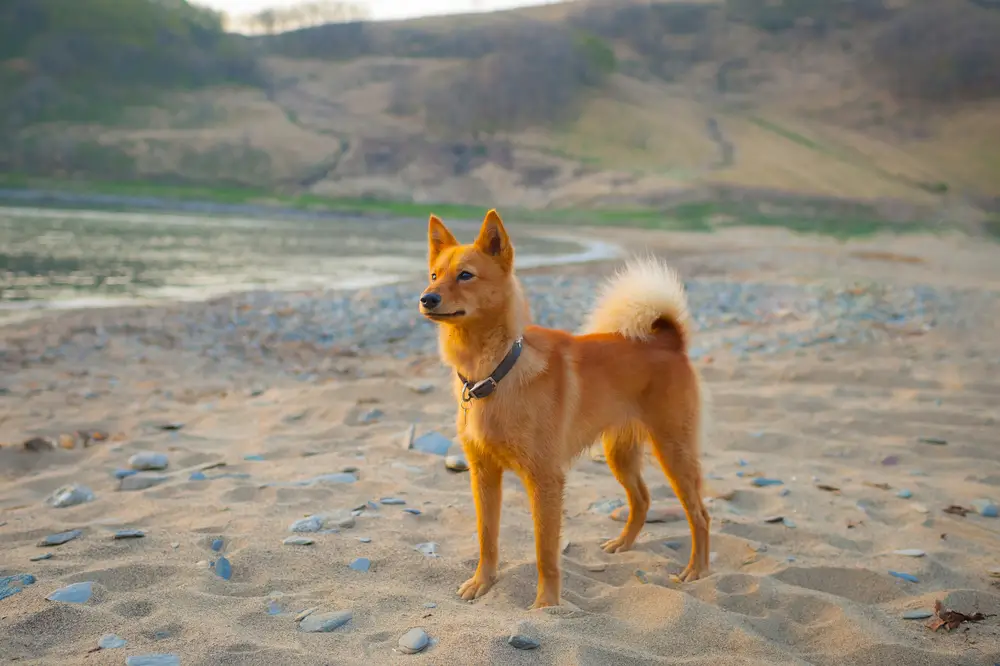
The Finnish Spitz is a lively and vocal breed, historically used for hunting birds in the dense forests of Finland. Known for their distinctive barking, these dogs signal hunters to the presence of game high in the trees. However, climate change poses a serious threat to their forest habitats, with increasing temperatures and changing precipitation patterns leading to forest degradation and loss. The impact on bird populations, the primary target of the Finnish Spitz, further complicates their role as effective hunting dogs.
As forests decline and bird numbers dwindle, the Finnish Spitz may find its traditional role increasingly redundant. Additionally, milder winters can lead to a rise in pest populations, which may bring about new diseases impacting these dogs. Conservationists are working to preserve both the forests and the traditions that keep the Finnish Spitz relevant, but it requires global cooperation. Without such efforts, the forest bards of Finland might find themselves without an audience, their barks echoing in empty woods.
7. Peruvian Inca Orchid: The Hairless Hound Seeking Shade
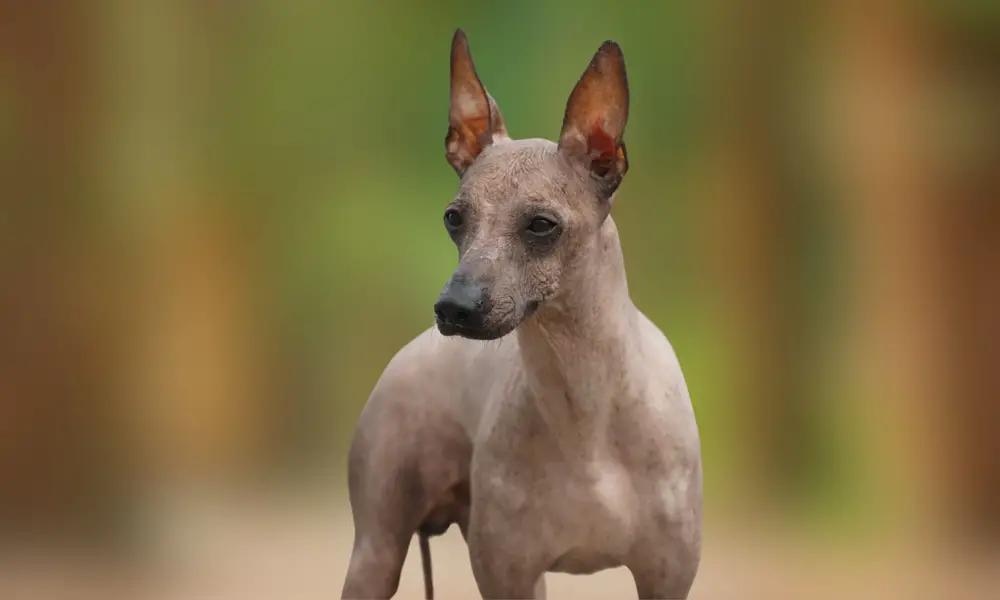
The Peruvian Inca Orchid, with its distinctive hairless appearance, is a breed well-suited to warm climates. Originating from Peru, these dogs have been cherished for their unique looks and companionship. However, rising temperatures due to climate change are proving too much even for this sun-loving breed. Extreme heat can lead to health issues, including skin problems and heatstroke, posing a threat to their well-being.
In addition to the direct impacts of heat, changes in agriculture and land use are affecting the Peruvian Inca Orchid’s environment. As humans adapt their lifestyles to a warming climate, the traditional roles and spaces for these dogs are also changing. Breeding programs focus on maintaining their numbers, but they must also consider the potential need for adaptation to cooler, shadier environments. Without proactive measures, the beautiful Inca Orchid may find itself wilting under the relentless sun.
8. Sloughi: The North African Gazelle Hound in Peril
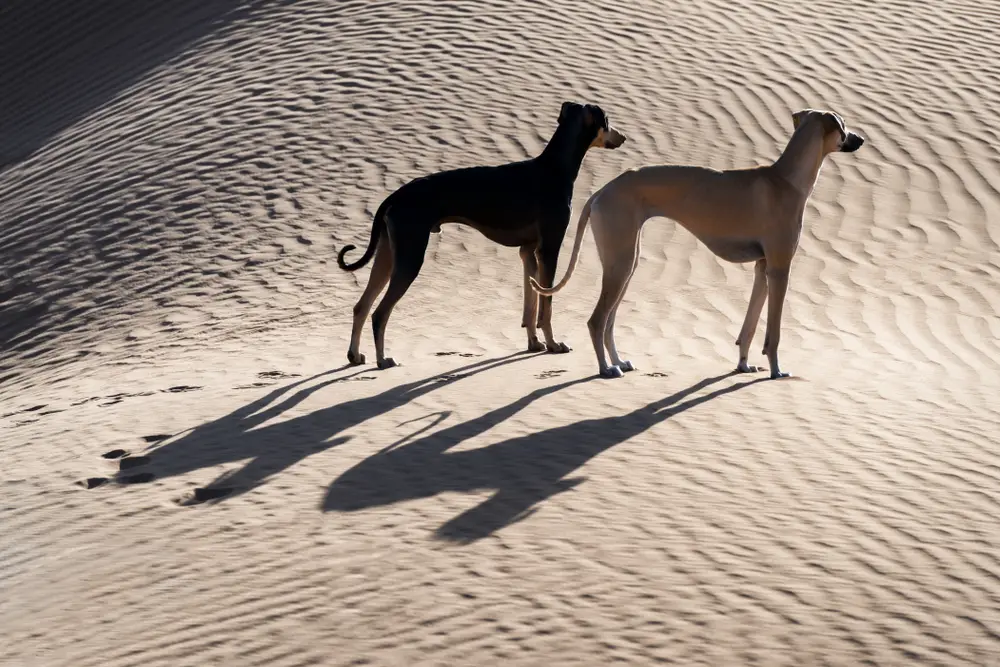
The Sloughi, a graceful and swift sighthound, hails from North Africa, where it has historically been used for hunting wildlife like gazelles. These dogs are well-adapted to the arid and semi-arid regions, but climate change is altering their homeland. Increasing desertification and habitat loss are reducing the availability of prey, making traditional hunting practices difficult. Such environmental challenges threaten the survival and breeding success of the Sloughi.
As the ecosystems in North Africa change, the Sloughi faces competition for resources and space. This could lead to a decline in their population, especially if traditional breeding and hunting practices are lost. Efforts to conserve the Sloughi involve both cultural preservation and environmental action to protect their natural habitats. Without such interventions, this elegant hunter could become a rare sight, just like the gazelles it once pursued across the sands.
9. Karelian Bear Dog: The Bold Protector Facing New Challenges
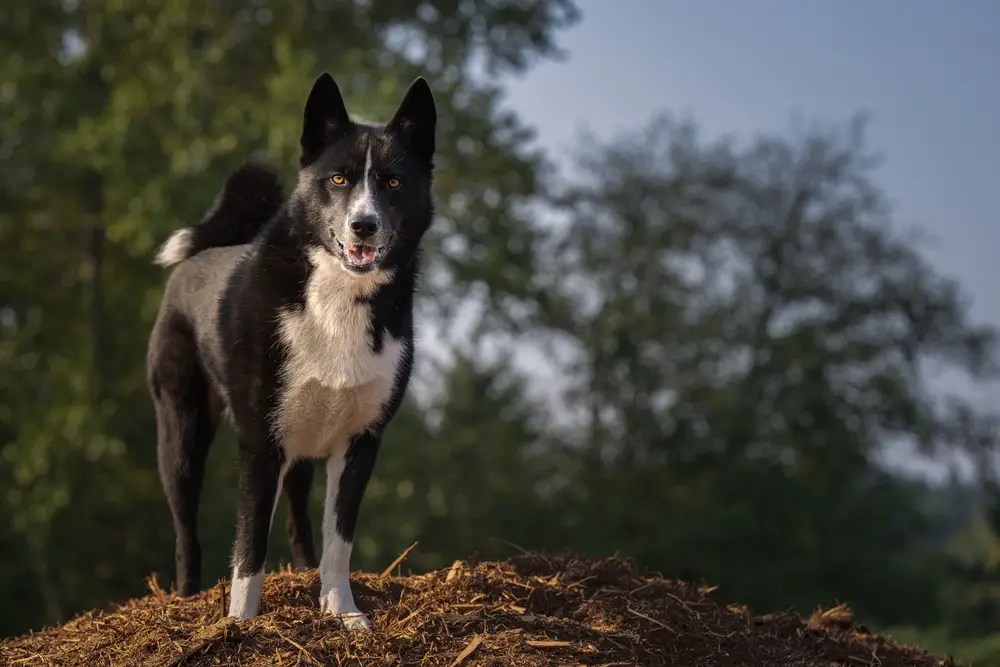
The Karelian Bear Dog is known for its fearless nature, used historically to protect livestock and hunt large game like bears. Originating from Finland, this breed is adapted to cold climates and forested environments. However, the effects of climate change, including warming temperatures and habitat loss, pose significant challenges. As traditional game becomes scarce due to changing ecosystems, the Karelian Bear Dog’s role in hunting is diminishing.
Additionally, the warming climate may bring about health issues, such as heat-related conditions that affect these cold-weather dogs. Conservationists emphasize the need to protect their natural habitats and ensure sustainable hunting practices to preserve their populations. Efforts also focus on promoting awareness and cultural appreciation for these dogs and their historical roles. Without proactive measures, the bold protector known for facing bears may find itself facing extinction instead.
10. Telomian: The Malaysian Climber Losing Footing
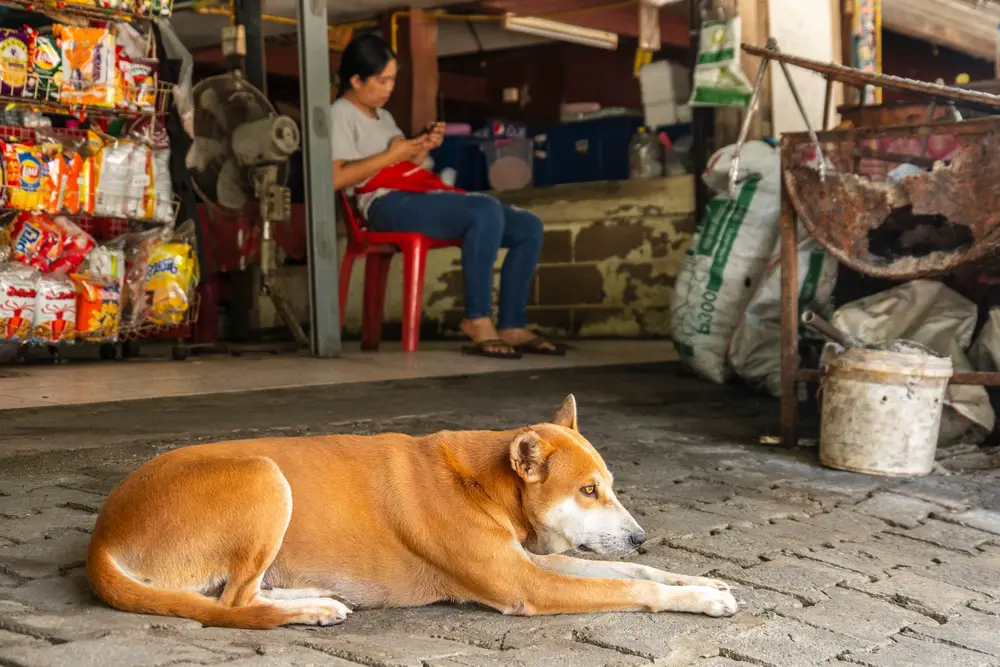
Telomians are a rare breed hailing from Malaysia, known for their climbing abilities and agility in navigating the dense jungles. Traditionally, they have been used by indigenous tribes for hunting and pest control, showcasing their versatility and intelligence. However, deforestation and habitat fragmentation, driven by climate change and human activities, are threatening their natural environment. The loss of jungles means fewer opportunities for Telomians to engage in traditional roles, impacting their population numbers.
These climbing dogs also face challenges as ecosystems shift, potentially affecting their prey availability. Conservation efforts focus on protecting their habitats and promoting sustainable land-use practices. However, without significant intervention, the unique climbing skills of the Telomian may become a lost art. Preserving this breed requires both environmental action and cultural recognition of their historical significance within indigenous communities.
11. Czechoslovakian Wolfdog: The Hybrid Struggling with Climate Shifts
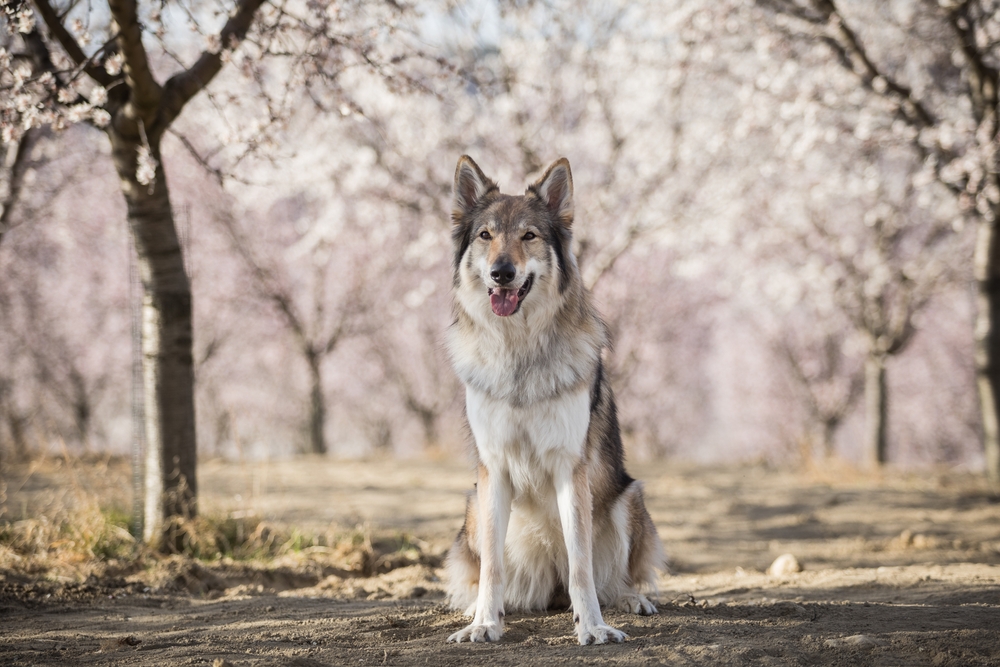
The Czechoslovakian Wolfdog, a blend of German Shepherd and Carpathian wolf, is known for its strength and versatility. Originally bred for military use, these dogs excel in various roles, from search and rescue to companionship. Yet, the changing climate is impacting the environments they were designed to navigate, presenting new challenges. Warmer temperatures can affect their endurance and health, particularly in regions where they are expected to work in cold conditions.
The hybrid nature of this breed means it relies on diverse environments for its resilience and adaptability. As climate change alters these environments, conservationists are concerned about maintaining the genetic diversity and health of this unique breed. Breeding programs aim to preserve their numbers but face challenges in ensuring they remain functional and healthy. Without careful management, the Czechoslovakian Wolfdog might struggle to adapt to a world very different from the one they were initially bred for.
12. Bergamasco Sheepdog: The Fleece Guardian in Warming Pastures
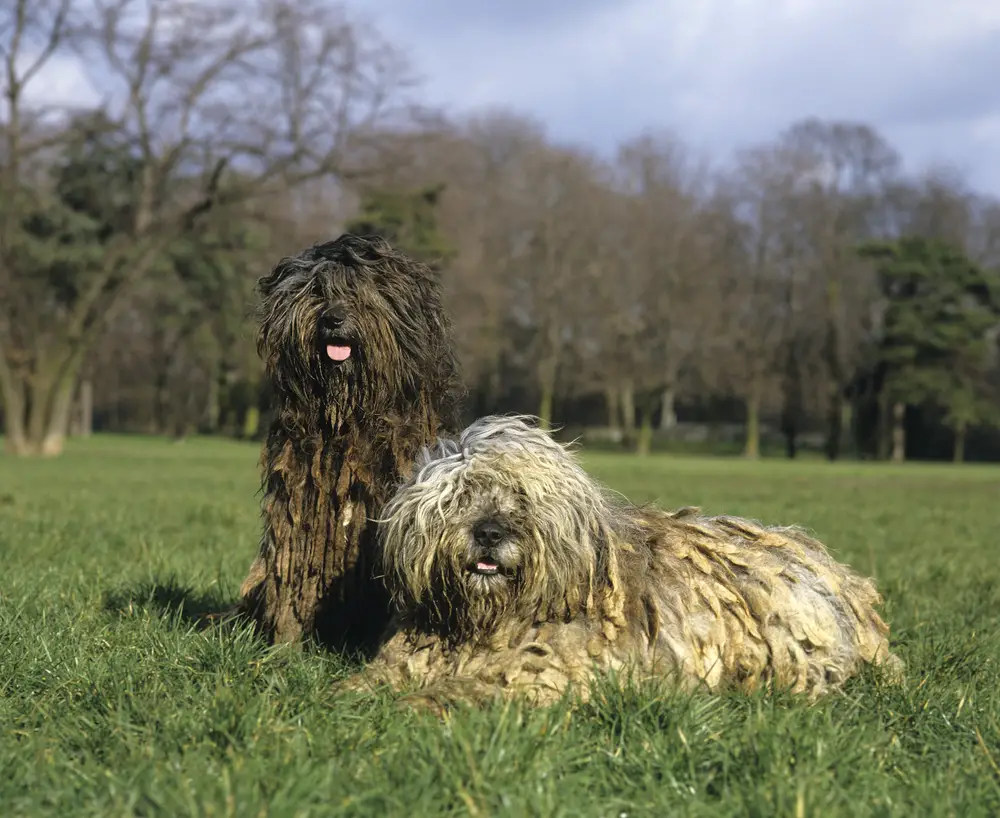
The Bergamasco Sheepdog, recognized for its distinctive matted coat, is a herding breed that hails from the Italian Alps. These dogs have traditionally assisted shepherds, protecting flocks in mountainous and cold environments. However, warmer temperatures and changing pasture conditions due to climate change are impacting their roles. As grazing lands alter, the need for traditional herding dogs like the Bergamasco may decline.
In addition to their traditional roles, the Bergamasco’s dense coat, suited for cold climates, may present health challenges in warmer weather. Efforts are being made to adapt their breeding and care to ensure their health and longevity. Without intervention, these unique fleece-coated guardians may find themselves struggling to maintain their place in a rapidly changing world. Preserving this breed involves both environmental conservation and adapting to new roles in a warmer future.
